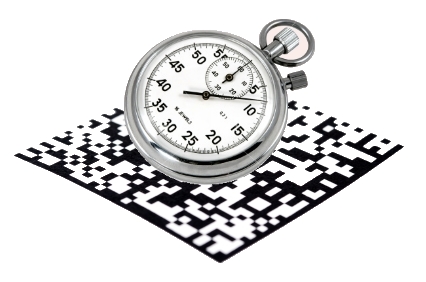Sponsored Content
The Dark Side of Imitation – Counterfeit Alcohol and the Fight for Safety
The Transported Asset Protection Association (TAPA) has published a white paper on the scourge of counterfeit alcohol in response to a string of high-profile incidents that have claimed hundreds of lives.
The document details some of the most notorious incidents in recent years and explains how a brand protection standard (BPS) developed by TAPA Asia Pacific (TAPA APAC) can strengthen the supply chain against counterfeit goods by encouraging logistics companies to "design out" vulnerabilities. Read more
Sponsored Content
The Dark Side of Imitation – Counterfeit Alcohol and the Fight for Safety
The Transported Asset Protection Association (TAPA) has published a white paper on the scourge of counterfeit alcohol in response to a string of high-profile incidents that have claimed hundreds of lives.
The document details some of the most notorious incidents in recent years and explains how a brand protection standard (BPS) developed by TAPA Asia Pacific (TAPA APAC) can strengthen the supply chain against counterfeit goods by encouraging logistics companies to "design out" vulnerabilities. Read more
Press Releases
-
》 Antares Vision Group and Spherity expand partnership with reseller agreement to deliver DSCSA ATP credentials
-
》 TraceLink customers demonstrate readiness as DSCSA dispenser deadline arrives
-
》 Manufacturo and SolarFlexes partner to modernize utility-scale solar hardware production and traceability
-
》 4th Forum Unique Codes – Securikett brings experts together to discuss the security of the Digital Product Passport
Partners




 Brazil's regulatory authority has published updated guidance on the country's plans for a traceability system for medicines, removing an earlier requirement for a security seal in favour of serialised 2D datamatrix codes printed directly onto secondary packaging.
Brazil's regulatory authority has published updated guidance on the country's plans for a traceability system for medicines, removing an earlier requirement for a security seal in favour of serialised 2D datamatrix codes printed directly onto secondary packaging. Traceability initiatives in the EU, USA and elsewhere will require pack-level coding (serialization) for prescription pharmaceuticals. SecuringPharma's just-published executive briefing explains these requirements, how they will affect your global supply chain, and what action you need to take. Order your copy
Traceability initiatives in the EU, USA and elsewhere will require pack-level coding (serialization) for prescription pharmaceuticals. SecuringPharma's just-published executive briefing explains these requirements, how they will affect your global supply chain, and what action you need to take. Order your copy 